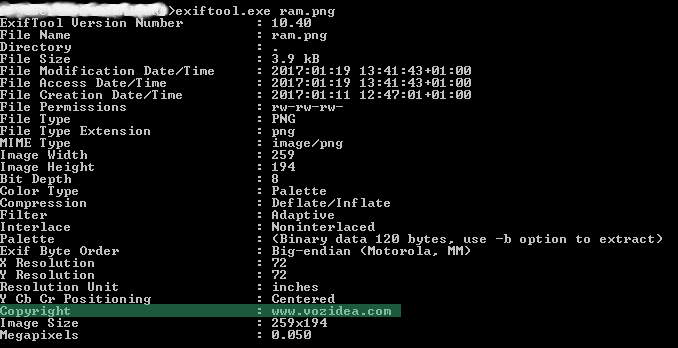
Luckily, exiftool can export the above data as CSV too. I often like to perform some quantitative analysis on my photo metadata, so it is helpful to start with data that can be imported into a spreadsheet. For example, here’s how to list the 35mm equivalent focal length for all files in the current directory: $ exiftool -FocalLength35efl. Now it becomes easier to query for specific values in a whole collection of files. In order to see the actual tag names, use the -s option. The default output shows tag descriptions and their readably formatted values. This simplest exiftool invocation that dumps all EXIF data for the file.

All of these examples work on a Unix shell environment like ZSH on MacOS or the various Linux shells. I’m writing this down because I often spend a lot of time reading through exiftool documentation to find out how to get something done, just to forget it within hours.

exiftool is a command-line utility that provides very powerful EXIF reading, writing and searching capabilities.

Following is a collection of real exiftool commands that I’ve used, along with explanations of what each does.


 0 kommentar(er)
0 kommentar(er)
